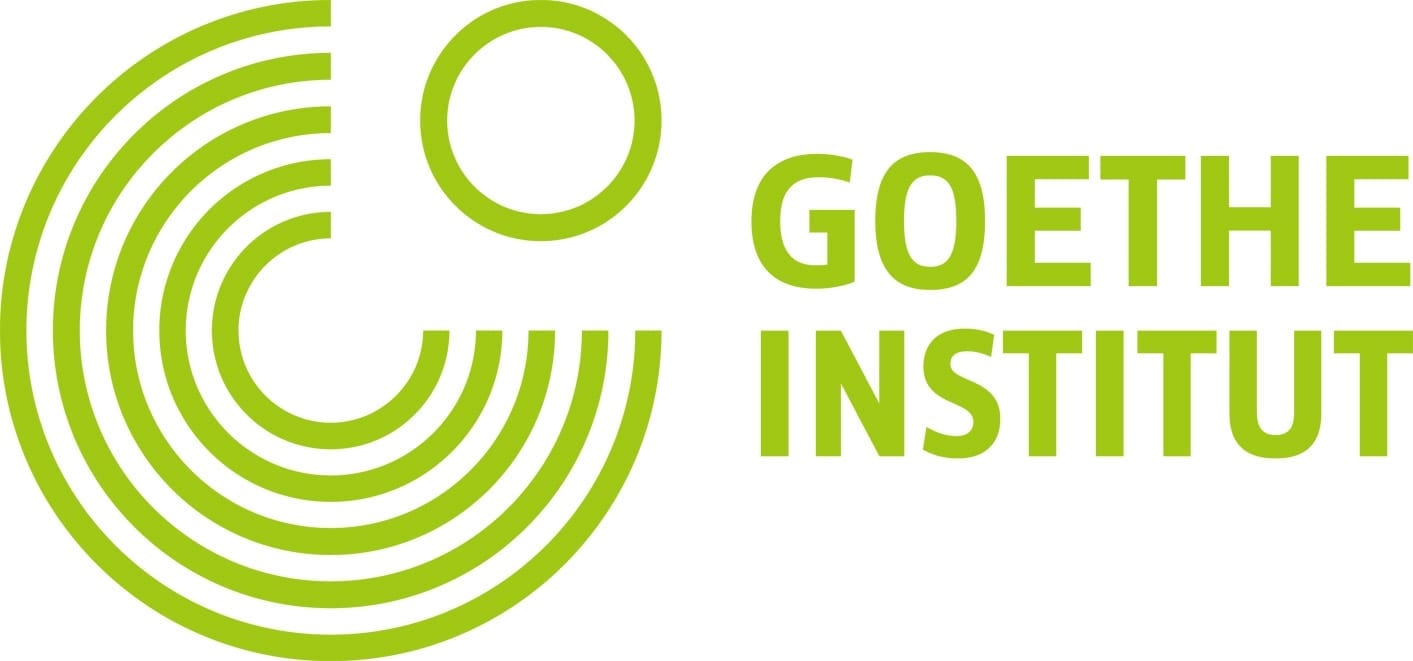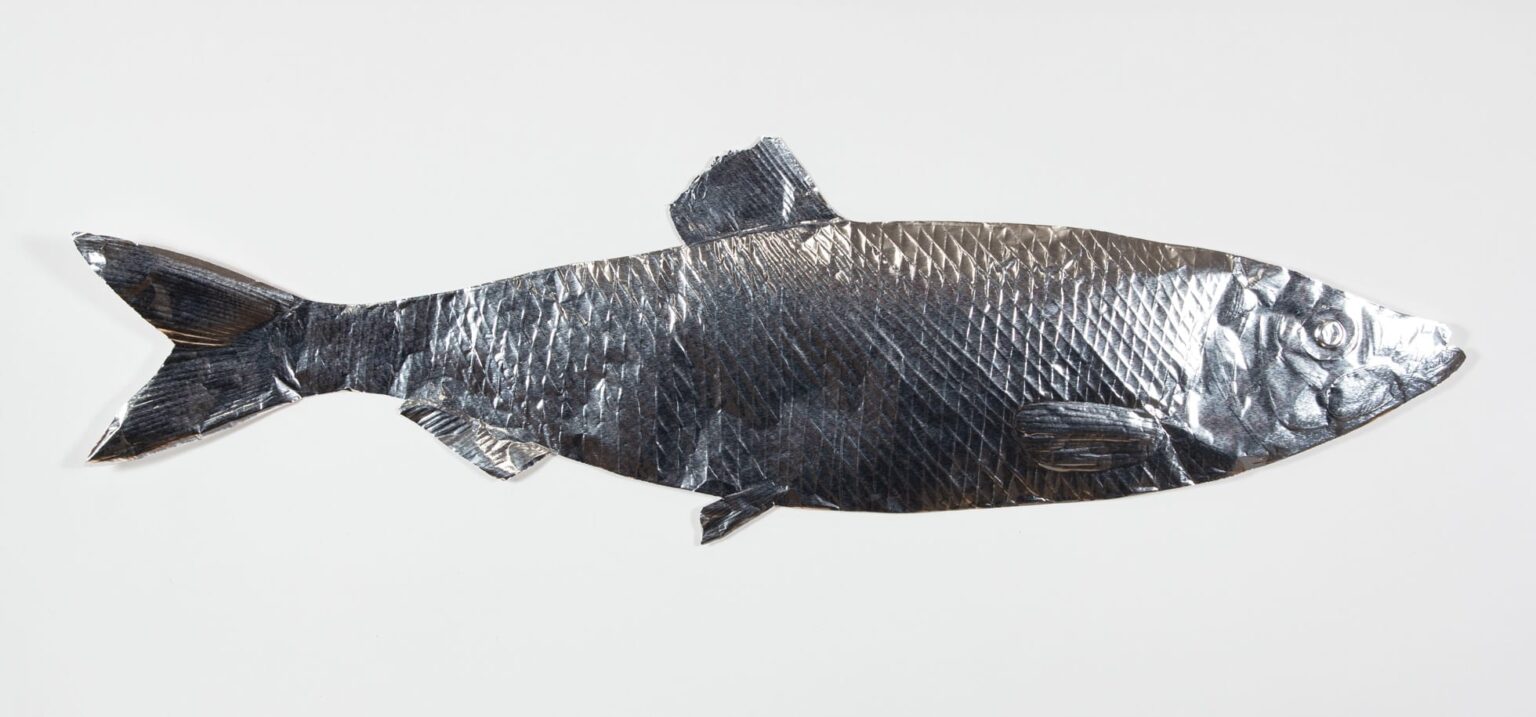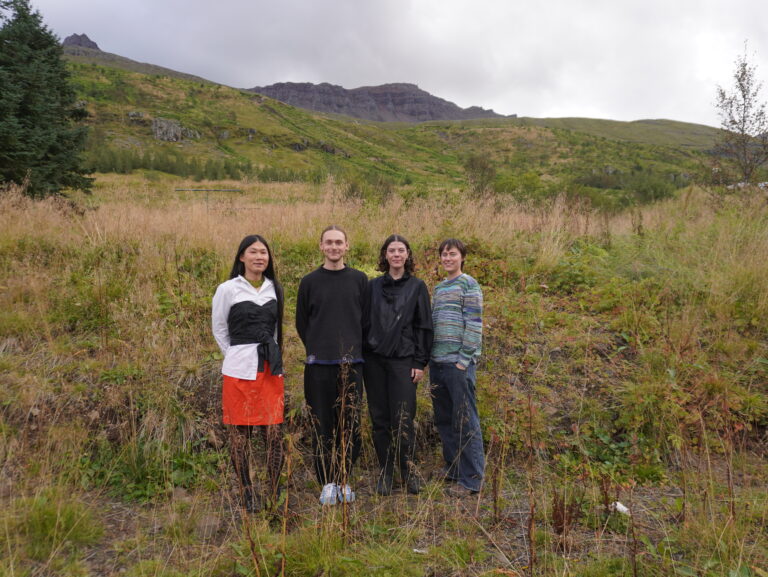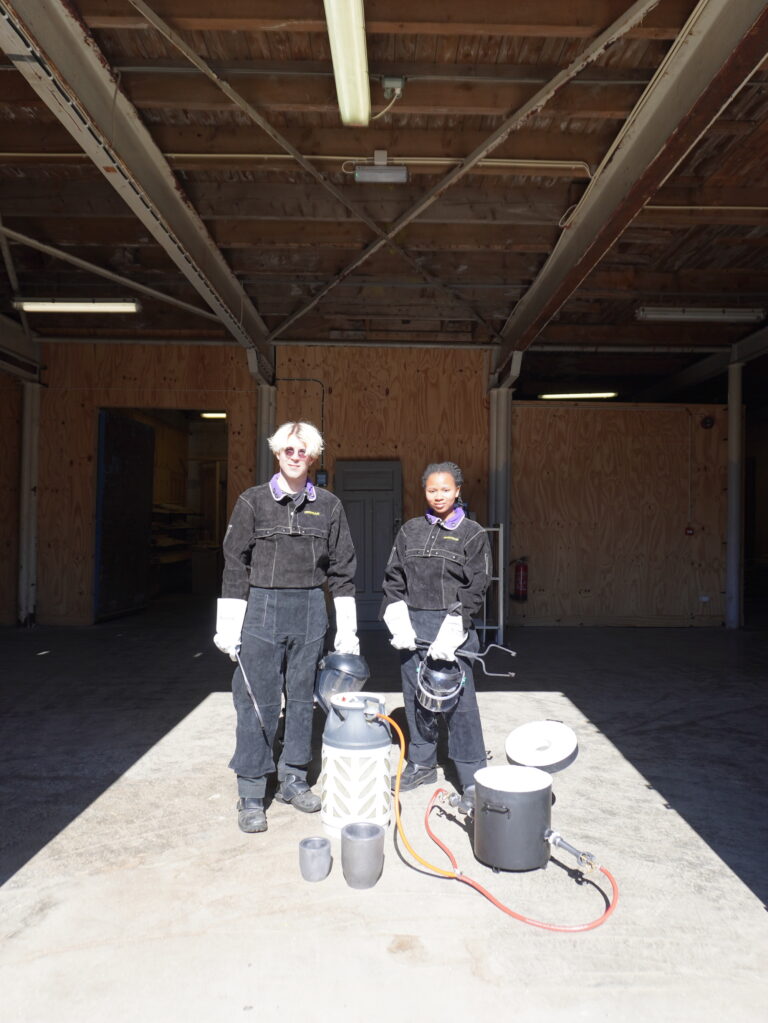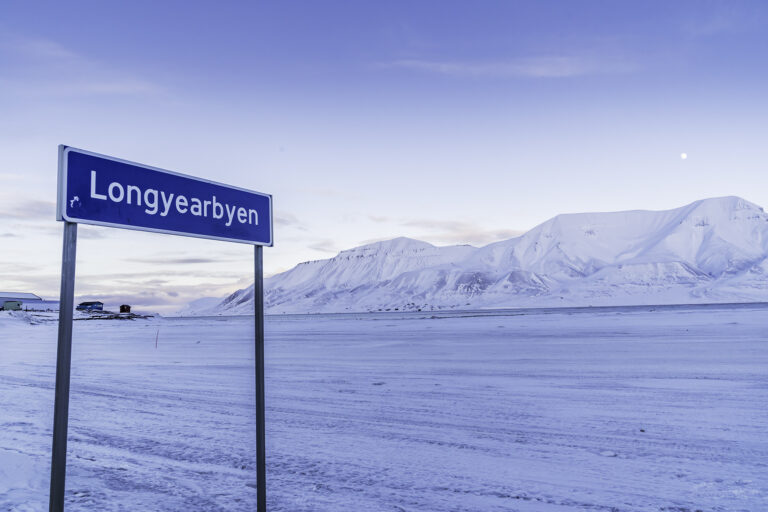Iceland’s economy is becoming more and more dependent on tourism, a growing industry that offers the country’s natural wonders as attractions to be consumed. In this context it seems hard to see these places and phenomena as “pure nature” any longer. Business thinking has creeped into the experiencing of natural wonders, and their locations suffer due to increased visitor numbers and lack of conservatory measures or funding. This ambivalence between the exploitation and the protection of a nature that is regarded as natural resource or “asset” is currently highlighted by the rapid developments in the tourism sector, but it also has many interesting parallels in other parts of the economy that can be traced through Iceland’s history and mentality. In Nature’s values Philipp Valenta shows two series of works relating to this theme, Síldarævintýri and Herbarium.
Síldarævintýri relates to Iceland’s so-called herring-adventure, the herring-boom that occurred between 1867 and 1968 in the North and East of the country. Valenta’s herrings are made out of aluminium – the material of the new, booming industry in Iceland. The work points towards old and new, and apparently recurring, patterns in the use and exploitation of natural resources.
For Herbarium, Valenta collected old and current banknotes of various countries and “dissected” their depicted flowers, creating a very specific kind of currency herbarium. Many banknotes worldwide show very detailed illustrations of the countries’ indigenous flora, for example blossoms that are representative of the region or climatic zone. In the German language the term Blüten (blossoms) is used to describe counterfeit banknotes. For Valenta this linguistic connection underlines the artificial nature of money, represented by this particular collection of fake flowers.
Herbarium flowers: 100 Cordoba, Nicaragua; 5 Sen, Japan; 10 Rupees, Sri Lanka; 1 Ringgit, Malaysia; 5 Ringgit, Malaysia; 10 Ringgit, Malaysia; 50 Cents, Sierra Leone; 10000 Króna, Iceland.
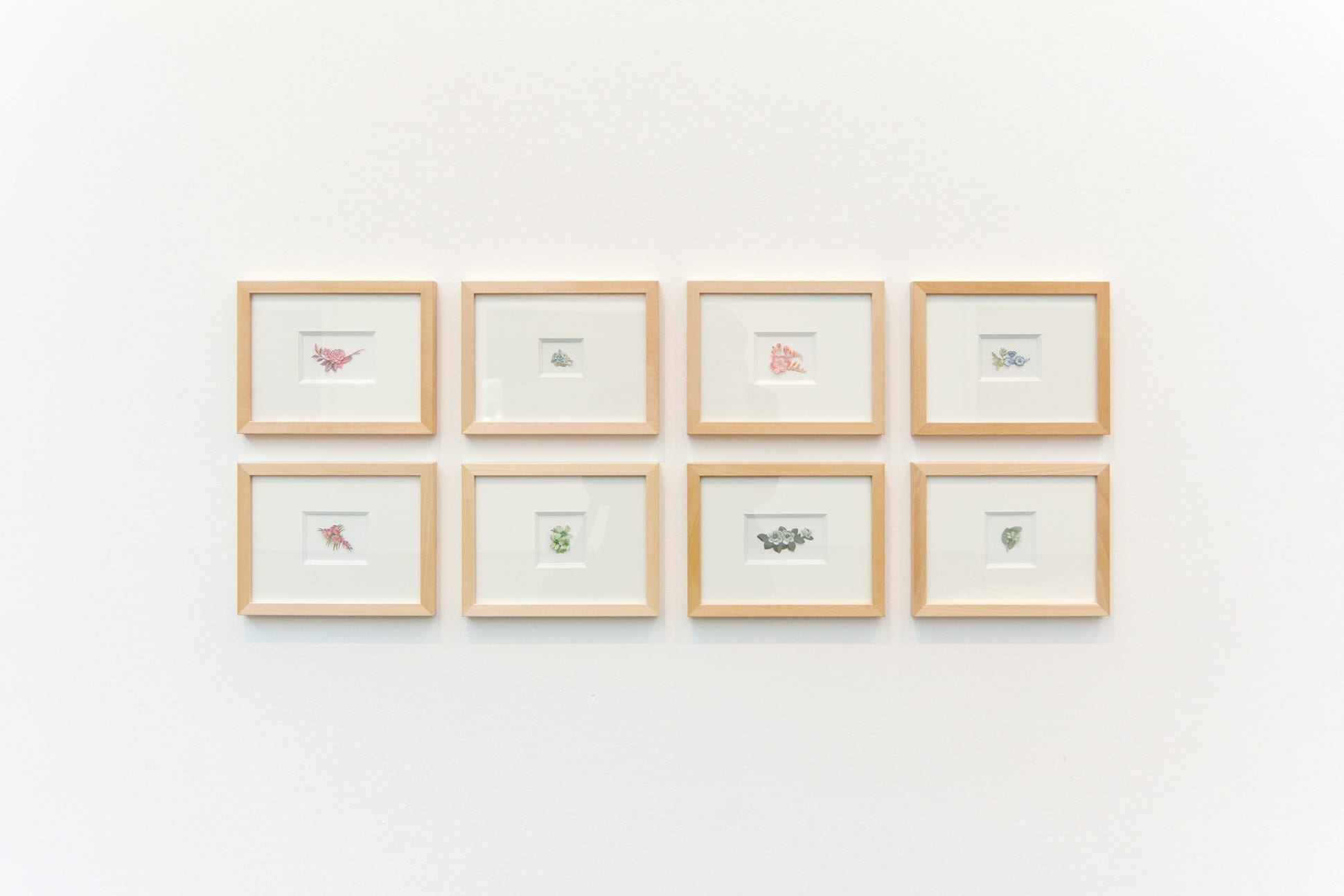
Philipp Valenta was born 1987 in Hattingen, Germany. He graduated in Fine Art from Bauhaus-University Weimar and the Academy of Fine Arts Münster, and in Metalsmithing and Jewelry from the University of Applied Sciences Hildesheim. Currently he is master student at the Academy of Fine Arts in Braunschweig. Valenta works mostly conceptually in a variety of media, ranging from drawing and printmaking to installation, video and performance art. His topics mostly revolve around financial and economic values, in a general way and in relation to problems and questions that are specific to the art market and to being an artist. His works have been shown in Germany and abroad, and he has received several prizes and grants. A residency grant from Goethe Institut Denmark has now brought him to Skaftfell and to Seyðisfjörður.
Philipp Valenta’s work is part of many museum collections, due to his conceptual project Being A Successful Artist. It consists of gifting drawings with only a red dot on them to art institutions and collections. While the red dot is a signifier of a sold work and therefore suggests commercial success, the question of how to define success in general remains open. By gifting his way into collections worldwide, Valenta circumvents usual processes in the art market to gradually increase his own and his works’ significance. The Skaftfell Center for Visual Art is with this exhibition now also in possession of a drawing from the series Being A Successful Artist.
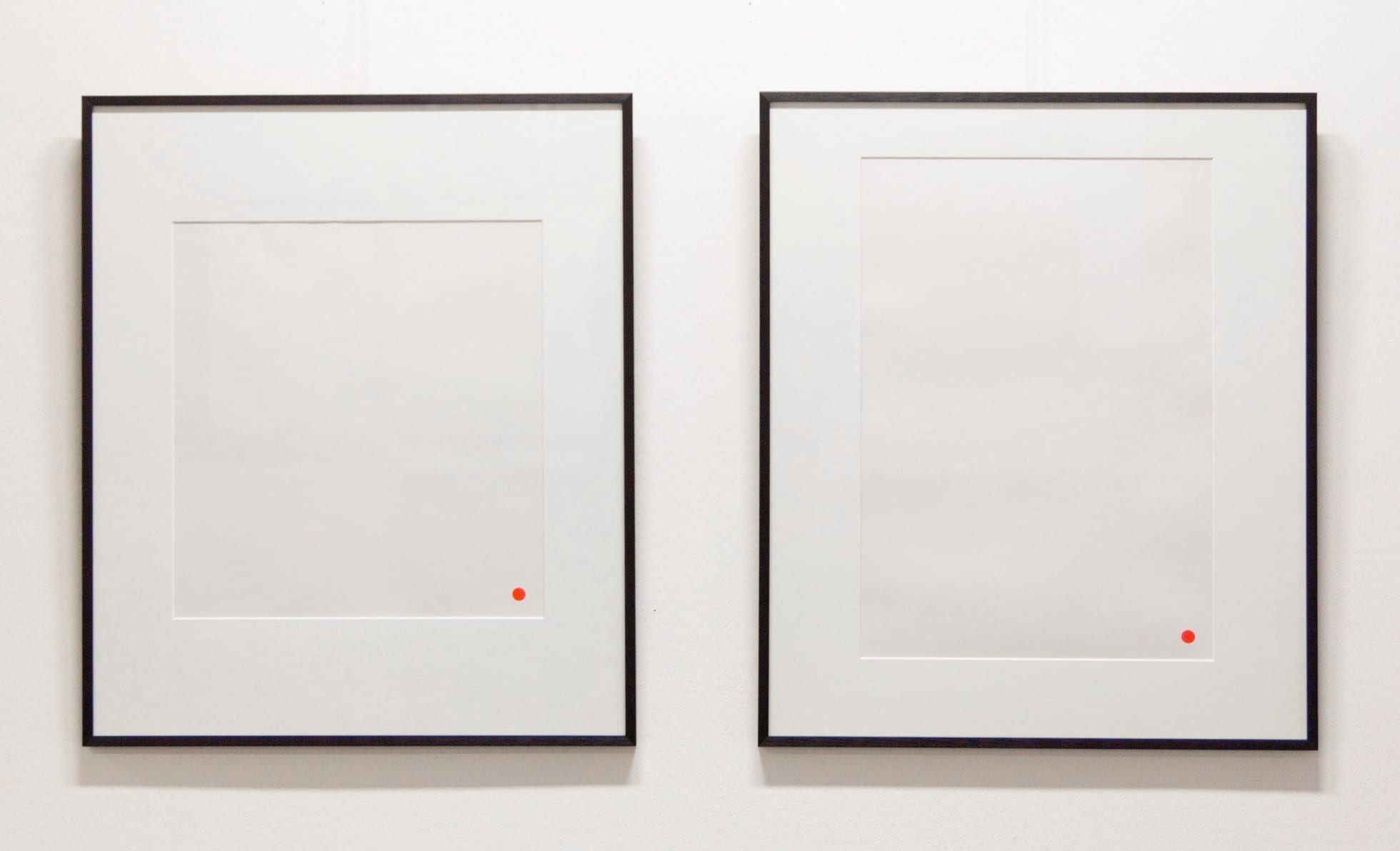
Philipp Valenta’s residency at Skaftfell is supported by Goethe Institut Denmark.
